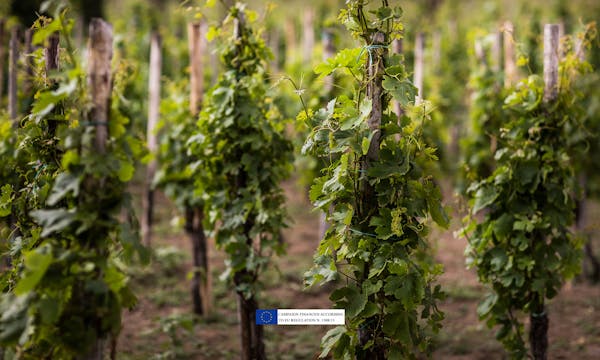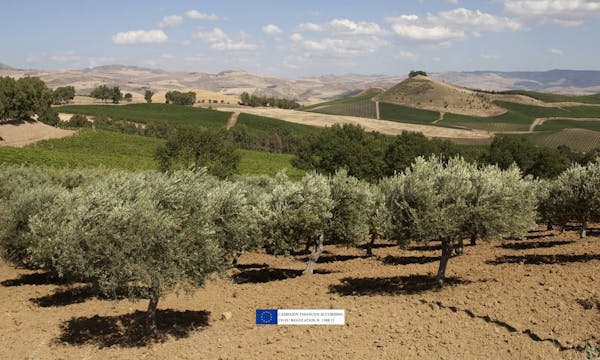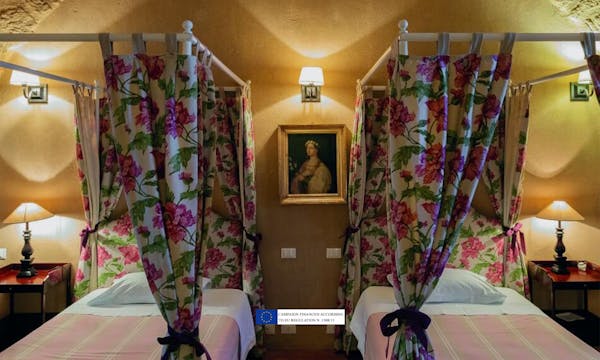Geographica description of a territory divided into sides and slopes
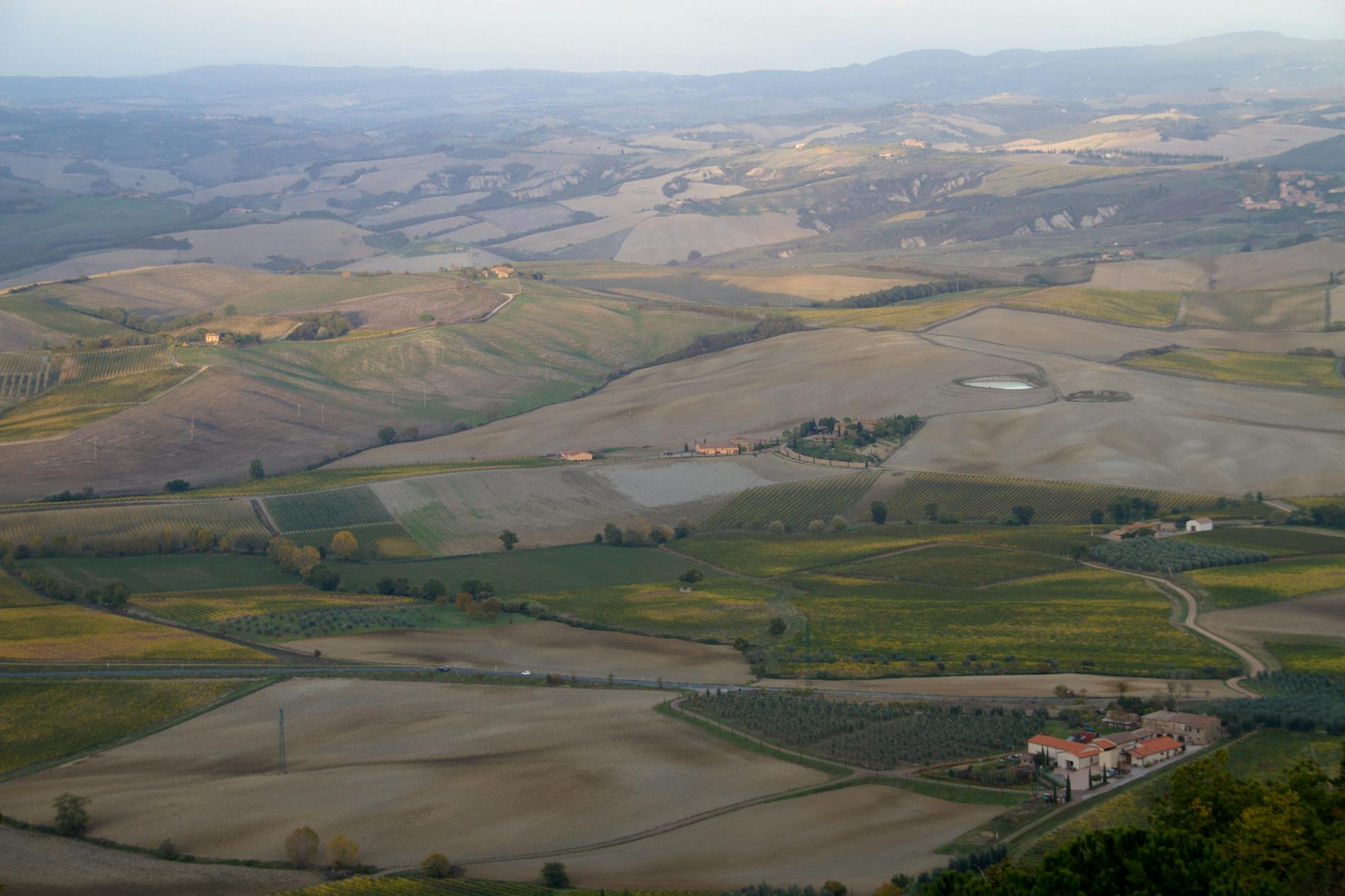
Montalcino is located in south-eastern Tuscany 40 kilometers south from the city of Siena. The production area that corresponds to the municipality itself, has a total area of 243.62 square kilometers, is bordered by the valleys of the three different rivers: Orcia, Asso and Ombrone, assumes an almost square shape, whose sides measure an average of 15 kilometers.
The area thus delimited takes the form of a single imposing hill that develops in height from 120 meters above sea level along the rivers, up to about 650 meters at the highest point of the territory.
The hill of Montalcino has a great pedological variability, having formed in different eras and through phenomena of different pedogenesis, it is said that the emergence from oceanic waters dates back to 6-7 million years ago and that the sea waters have sunk and subsequently are withdrawn in two distinct episodes causing landslides and reshuffling of the different layers.
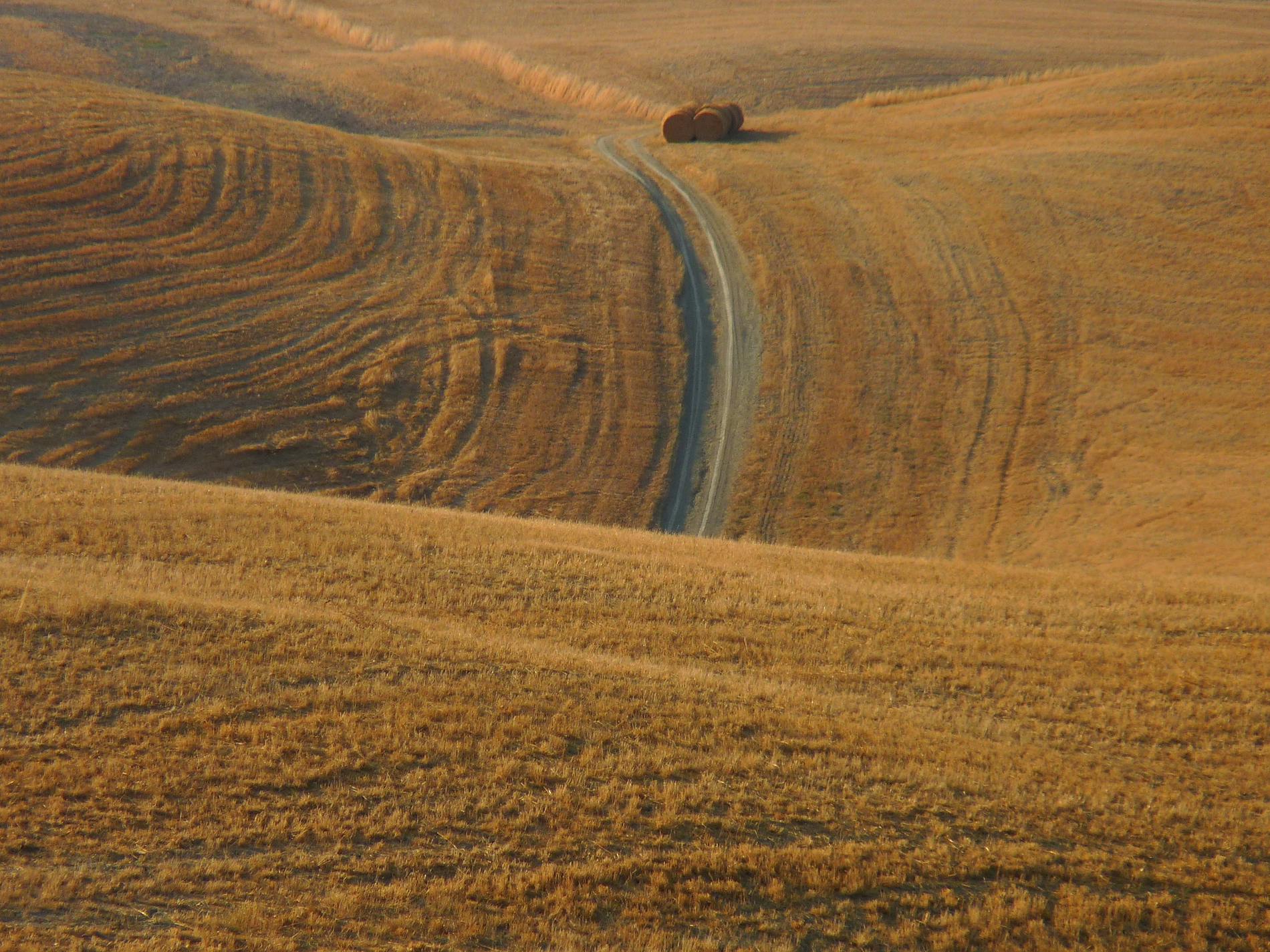
To give you an idea of the macro production areas, we can identify 4 different slopes on the hill: north-east, south-east, north-west and south-west.
Each of these differs firstly for their exposure, hence the insolation of the vineyards, for average temperatures with generally warmer climatic conditions on the southern slopes and colder and more nervous in the north. Even the rainfall that averages around 700 mm per year varies greatly from side to side, due to the proximity of Mount Amiata which acts as a shield and lightning rod for the eastern sides.
Perhaps the most homogeneous aspect of Montalcino is represented by the good ventilation which helps quite a bit to keep the grapes healthy and to reduce the problems related to fogs and frosts, in most of the area. Overall, we can define the macro-climate of Montalcino as a dry Mediterranean with continental influences, essentially due to the intermediate position between the sea 40km away and the Apennine chains 100km away.
Speaking of soils, the picture only becomes more complicated, in fact on the hill we recognize different types of soils, many of which go in parallel with the altitudes but just as often there is an enormous variability mainly due to erosive phenomena.
In a nutshell, we can say that in the lower part of the hill around 150-200 meters above sea level, we can find clayey-sandy or clayey-silty alluvial soils, sometimes rich in stony skeleton and tendentially deep and humid.
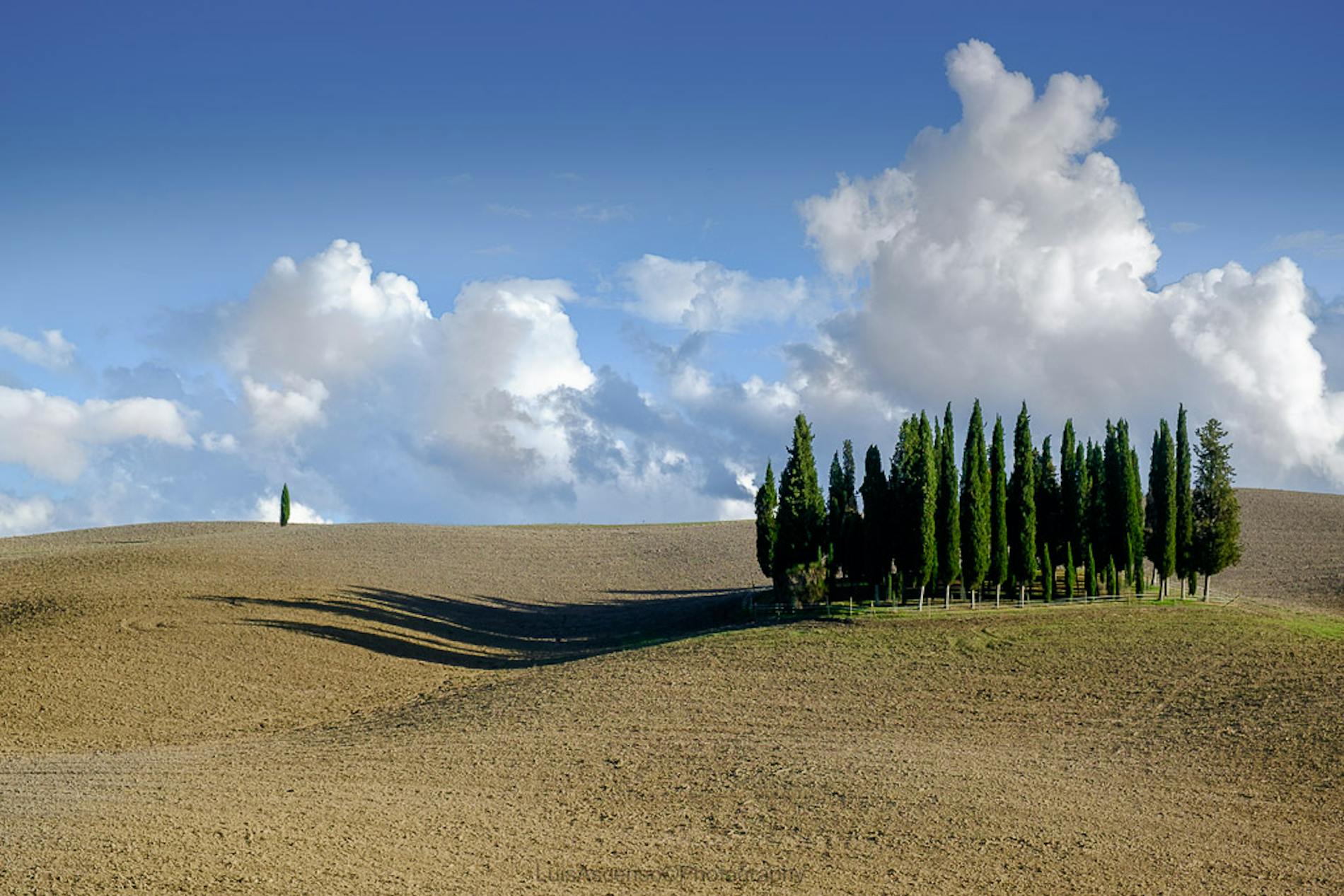
In the central area between 200 and 450 meters above sea level we find the typical Montalcino soil that has made Sangiovese such a noble wine and different from other traditional Tuscan wines, a soil rich in very fine oceanic clays, mixed with marine limestone to form soils called “Marnosi”, this geological profile certainly puts a strain on Sangiovese which, grown without irrigation and in constant stressful conditions, due to texture and alkaline pH, produces little quantities but offers a lot in the glass.
Finally, the highest soils above 450 masl, much richer in skeleton, in many cases galestro and granite and with less heavy and compact textures, but more loose and draining due to the sands. There are also numerous metamorphic rocks of volcanic origin from Mount Amiata, a former volcano that is now dormant.

